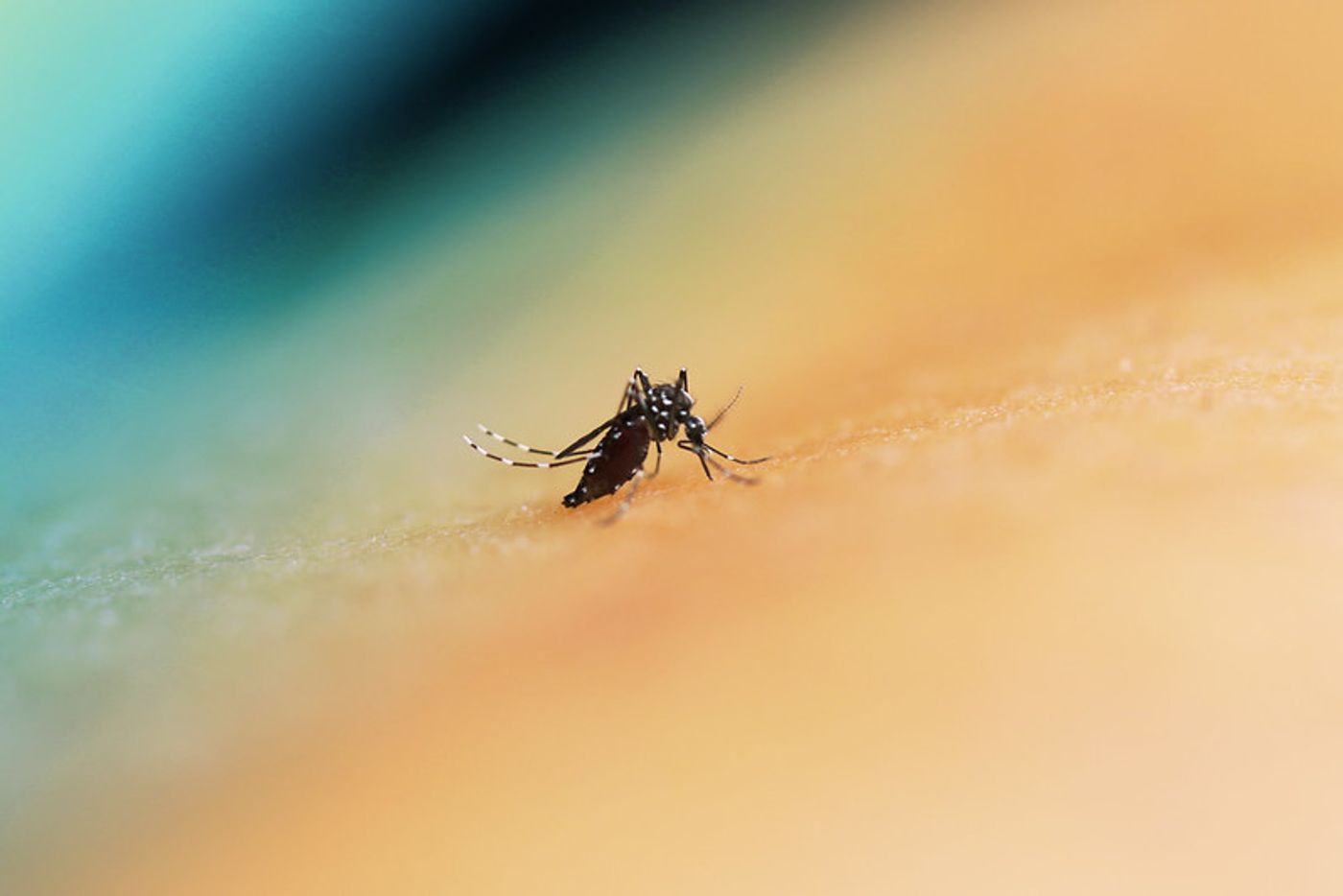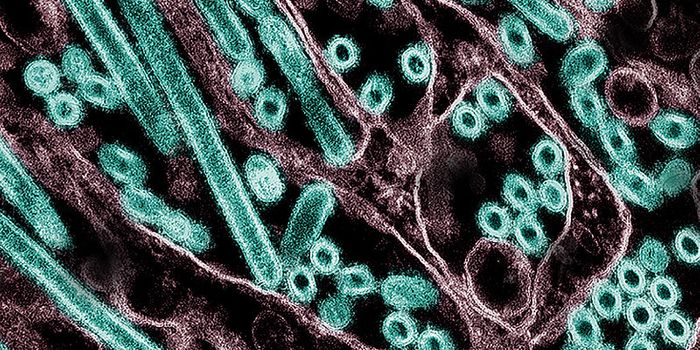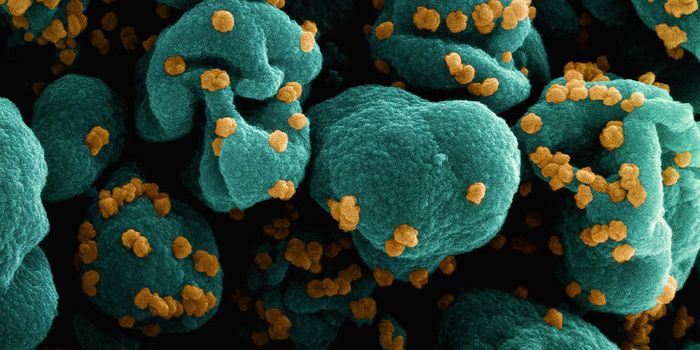Dramatic Increases in Chikungunya Virus Cases
An outbreak of chikungunya virus in Paraguay has gotten serious enough that the US Centers for Disease Control and Prevention is warning travelers and clinicians to be on the lookout for symptoms. There are several areas in the Americas where chikungunya cases are increasing. Paraguay is particularly affected; from October 2, 2022 to April 10, 2023, there were 118,179 cases, including 3,510 patients who were hospitalized, and 46 deaths.
The first case of chikungunya in Paraguay was reported in 2015. Outbreaks have occurred there in the summers of 2015, 2016, 2018, and 2023.
In medRxiv, in a report that has not yet been peer-reviewed, researchers outlined the rise in chikungunya cases over the past decade, noting that during that time, average temperatures in Paraguay have also been rising. This may be an example of how climate change can contribute to an increase in human disease.
The mosquito-borne virus can cause joint pain and fever, and may also cause joint swelling, headache, rash or muscle pain. It causes symptoms in most people who are infected - asymptomatic cases are unusual. These symptoms usually start around five days after the mosquito bite that transmits the virus has happened.
Mothers can transmit the disease to neonatal infants, and the disease can present with severe symptoms in those children; it may affect the heart or nervous system, and can cause hemorrhagic disease.
Right now, there is no specific treatment for chikungunya virus infections or vaccines to prevent disease. The symptoms of the illness usually resolve on their own, but there are cases in which patients experience long-term joint pain, which can be severe. Young children, the elderly, and people with underlying conditions are especially at risk for more serious cases. More severe cases can cause issues like myocarditis and nephritis. Death may occur in patients who have comorbidities.
When clinicians suspect chikungunya, they also have to rule out dengue virus, as both viruses are often found in the same regions; patients and clinicians are advised not to use NSAIDs medications to treat dengue symptoms because hemorrhaging risks increase.
Zika virus also causes symptoms that are similar to those observed in chikungunya infections, but Zika virus has been circulating at very low levels in Paraguay for several years, so cases are more likely to be caused by chikungunya. Leptospirosis and other diseases caused by microbial pathogens including malaria may also present with similar symptoms. It is possible to easily differentiate between chikungunya, dengue, and Zika viruses during a suspected infection by performing RT-PCR tests.
Preventing mosquito bites, such as with protective clothing or sprays that repel mosquitoes, is the best way to avoid Chikungunya (and other viruses including dengue) in areas where there are ongoing outbreaks. According to the World Health Organization, effective mosquito repellents will contain either DEET, IR3535, or icaridin.
Sources: US Centers for Disease Control and Prevention, medRxiv, World Health Organization









